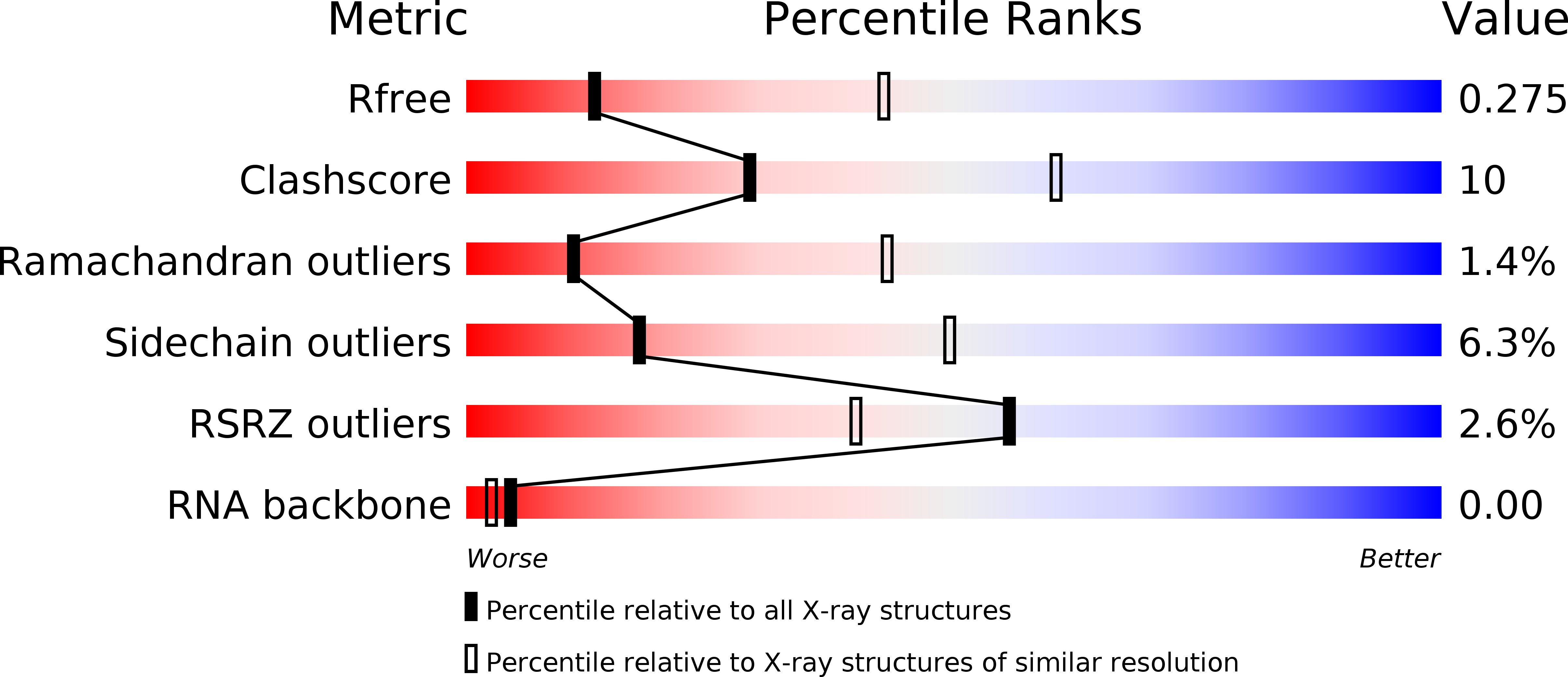
Deposition Date
2004-10-09
Release Date
2004-11-02
Last Version Date
2024-02-14
Entry Detail
PDB ID:
1XPR
Keywords:
Title:
Structural mechanism of inhibition of the Rho transcription termination factor by the antibiotic 5a-formylbicyclomycin (FB)
Biological Source:
Source Organism:
Escherichia coli (Taxon ID: 562)
Host Organism:
Method Details:
Experimental Method:
Resolution:
3.15 Å
R-Value Free:
0.29
R-Value Work:
0.27
R-Value Observed:
0.28
Space Group:
C 1 2 1


